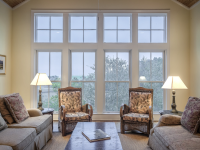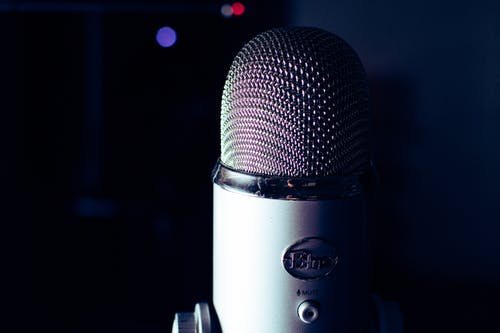Active noise cancellation has become a common technology for headphones, smartphones and others. With passive noise cancellation techniques, we usually focus on absorption and deflection. It means that we put a barrier between noise sources and observers. Our goal is to stop air molecules from vibrating. Vibrating air molecules will be blocked by special material. Active noise cancellation uses a different technique. It relies on interference that cancels out unwanted noise. We could assume sound wave behaves much like wave on the beach, with crests and troughs. When active noise cancellation is enabled, an identical sound wave is created, but it’s shifted, so the crest and trough of the noise sound wave will meet with the trough and wave of the cancelling sound wave, respectively.
The result will be destructive interference, all crests and troughs will be levelled. It will be like an ocean without wave and users won’t hear anything. However, in order to cancel out the noise, we will need to fully duplicate its frequency and amplitude. Frequency can be defined as the distance between two crests (or troughs). The higher the frequency, the noise will sound more high-pitched. Amplitude can be defined as the height of the crest or the depth of the trough. The higher amplitude, the louder the noise. If frequency or amplitude doesn’t match, interference will be incomplete or in some cases, the noise will end up becoming louder. In this case, when crest meets crest, the resulting signal will have higher amplitude and the noise will become louder.
Putting enough concrete and insulation material could make anything quiet. However, it is not an option if you need noise cancellation feature for your smartphone and headphones. It’s true that high quality headphones have passive noise cancellation feature as well, but it can’t completely prevent noise from reaching your ears. Low frequency noises are able to penetrate physical barriers much more easily, compared to high frequency noises. That’s the reason why you could only hear low, thumping noise from a distant source of noise, because only low frequency noise could travel that far. That’s another reason, why you can receive reception of AM radio stations in rural areas, while FM stations have poor receptions.
The effectiveness of passive noise cancellation starts to degrade at about 1000 Hz and it will become worse for lower frequencies. Active noise cancellation should work well for noise under 300Hz and it may not work too well for noise above 500Hz. It means that you shouldn’t replace passive noise cancellation with active noise cancellation. They need to work together. Passive cancellation should work well for high frequency noises, while active noise cancellation is needed to eliminate low frequency noises. When choosing headphones, make sure that their earpieces have high density foam. Because headphones with ANC are relatively more expensive, it is recommended to read user reviews to know whether they will work well. It is also better to re-evaluate your environment. As an example, consider adding insulation to your home to keep everything quieter


















